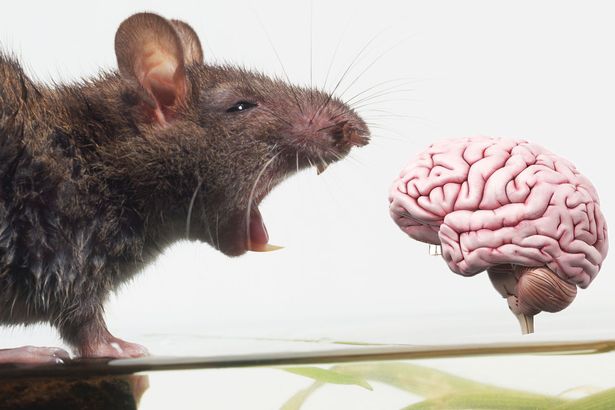-
Tips for becoming a good boxer - November 6, 2020
-
7 expert tips for making your hens night a memorable one - November 6, 2020
-
5 reasons to host your Christmas party on a cruise boat - November 6, 2020
-
What to do when you’re charged with a crime - November 6, 2020
-
Should you get one or multiple dogs? Here’s all you need to know - November 3, 2020
-
A Guide: How to Build Your Very Own Magic Mirror - February 14, 2019
-
Our Top Inspirational Baseball Stars - November 24, 2018
-
Five Tech Tools That Will Help You Turn Your Blog into a Business - November 24, 2018
-
How to Indulge on Vacation without Expanding Your Waist - November 9, 2018
-
5 Strategies for Businesses to Appeal to Today’s Increasingly Mobile-Crazed Customers - November 9, 2018
Scientists Digitally Recreated Essential Area of Rat Brain
The scientists, who are part of what is known as the Blue Brain Project, are working as part of the Human Brain Project in order to figure out how to build a computer model of a human brain – so, they’re starting with rats, according to a UPI report. For instance it could change the amount of calcium ions in the brain and measure how the simulation changed. That led to a set of fundamental rules describing how neurons connect to synapses and form microcircuits.
Advertisement
But the final model ended up with 37 million synapses after scientists adjusted the simulation through an algorithm that calculated just how many contact points neurons may need to properly function within such a small piece of brain tissue. All the data used in this reconstruction will be at hand for other scientists. Once that is done, they will be able to work towards getting a full, accurate and high-resolution picture of the brain. The researchers still don’t have a clue how these simulations would look like in the reconstruction of a whole brain.
The project lead, neurobiologist Henry Markram from the École Polytechnique Fédérale de Lausanne (EPFL) in Switzerland, believes this accomplishment is the first stepping stone for the team’s long term goal of recreating a 3D digital model of the most complex animal organ in the planet – the human brain.
While the study mapped 30,000 cells, it would take 85 billion to reconstruct a human brain. This initiative hopes to reconstruct an entire rat brain in a computer and ultimately do the same with a human brain. Even though, the digital reconstruction was not created to reproduce any specific circuit phenomenon, a variety of experimental findings emerged. Then they simulated certain kinds of brain activity and found that the reconstruction acted like the living tissue. One such simulation examined how different types of neuron respond when the fibers coming into the neocortex is stimulated by incoming fibers – analagous to touching the skin. They found that the reconstruction did indeed express the triplets and also made a new discovery: the triplets only occur when the circuit is in a very special state of activity. The project presents a first draft of this reconstruction, which contains over 31,000 neurons, 55 layers of cells, and 207 different neuron subtypes, on October 8 in Cell.
Still, many remain noncommittal when it comes to the future of brain mapping.
The study is the first major achievement of the Blue Brain Project, formed in 2005 with a goal to build a virtual simulation of the human brain.
Advertisement
Critics additionally mentioned that the Blue Brain project (BBP) engulfed a few huge cash and produced little to no outcomes.




























